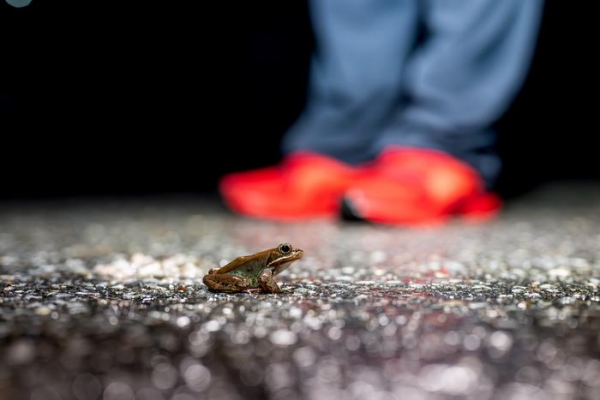Geospatial big data methods enable mapping potential habitats.
articles
When Stressors Converge, How Will Our Forests Fare?
Two recent publications dig into the impacts of compounding factors threatening New England trees.
First Direct Observation of the Trapped Waves That Shook the World
Using a brand-new type of satellite altimetry, a study led by Oxford University has finally confirmed the theory that the cause of extraordinary global tremors in September - October 2023 was indeed two mega tsunamis in Greenland that became trapped standing waves.
Breakthrough Discovery Identifies Bacteria Behind Toxins in St. Louis River Estuary
Minnesota Sea Grant-supported researchers studying harmful algal blooms in the St. Louis River Estuary that separates Minnesota and Wisconsin have made a breakthrough discovery: for the first time, they’ve linked a known cyanotoxin directly to a specific cyanobacteria species, Microcystis aeruginosa, in the Duluth-Superior harbor.
Amphibian Road Mortality Drops by Over 80% with Wildlife Underpasses, Study Shows
New UVM research highlights cost-effective solution for protecting salamanders, frogs, and other vulnerable species by restoring habitat connections across roads.
Being in Nature Can Help People With Chronic Back Pain Manage Their Condition
A new study found the natural environment helped people to reduce isolation, anxiety and stress levels caused by their pain.









